
Photo Credit
Amanda Hill
Subhead
Spot Them Early and Save Your Tomatoes: Expert Tips for Gardeners
Read Next
Gardening Products
More Like This
Tomato worm arrived last year. When I found the first worm, I crushed it on a rock and left it away from my garden. Within 10 minutes the wasps arrived and devoured this worm I crushed. Then next few days I checked my tomato plants and found a couple more worms, but with the wasp eggs planted on them. The wasp eggs eat the worm until it dies. No more worms!
We have not had any worms this year, but if we do I will do the same thing again. I diligently check for worms in the mornings.
Good luck with your gardens!
The UV Blacklight at night REALLY WORKS. The hornworms glow bright yellow-green on the dark stems. It may be that the person who tried it and failed did not have the right kind of light. I used a UV fluorescent tube in a desk lamp, on a long extension cord, to make the worms glow before they were picked off to their doom. One day I found 6-7 worms on my tomato plants, after seeing the missing leaves and black droppings. That night, with the blacklight, I found about 40 more. Please try it. It works!
Probably a wavelength issue. Some UV lights are mainly for looking for industrial leaks etc and some are better for biological use like dog pee, caterpillars, hotel room “issues” etc.
I grew tomatoes in Oregon for 25 years and had never heard of these pests or ever seen one. I moved to southern Utah a few years ago and have witnessed the devastation these worms can do to a plant in 1 day. They blend in perfectly with their color. I do hand pick them off because I only have 10 or so plants. I've tried the black light at night but I haven't found that the light actually makes them stand out or glow. The only way I've been able to really find them is to follow their path of destruction. I look for the damage to the plant and the path of their droppings. They are very difficult to see so when you're looking in the right area from the evidence, focus on movement. I have used spray and it did keep them away for a few months but I worry about eating the tomatoes. That defeats the whole purpose of me growing my own food.
I pulled up my huge dill plant that was adjacent to my tomato plants. At that point, I had had NO ONE eating my tomato plants. within 2 weeks my tomato plants, vines, and leaves were being ravaged. Today while watering, I found a huge horned tomato worm on a tomato stalk right where the damage has been done. Can't imagine how I saw it because it is so perfectly camouflaged on the stalk of the tomato plant. Now I've got this one and looking for others. Can't bring myself to kill one, but at least I can throw it down into the woods. Here's the irony of this. The net shows that dill plants are good for keeping down horned tomato worms ! I should have left the dill plant, but I jus wasn't using the dill. I'll know next year
This Year I used a stick with 10 foot of copper wire wrapped around a wood stick, with about 10 inches on top and bottom sticking in the ground, top sticking up. I have not had no Mites, or squash bugs at all so the wood stick and copper wire works GREAT. I have NOT used any poison's at All. It only cost $3.00 to get 10 foot of wire at Lows I will put out 3 or 4 next year. this is with a garden of about 150 foot long 38 tomato's 4 rows of Green beans, 2 Zucchini plants, 2 squash plants, and 4 cucumbers, and 1 cantaloupe plants. The 1 wood stick with the copper wire has done Great in all of that. I put it in the tomato row.
Please provide more details. Such as length, size, placement, times of use, etc. Pics would be nice, and if you could, an explanation of how and why it works.
Thank You.
Hi, I'm a journalist who often writes about insects. Please note that the photo of the hornworm covered with what looks like bobbing grains of rice is not covered with tachnid wasp EGGS. This is a common rookie mistake. Those white things are pupae, cocoons, not eggs. The parasitic tachnic wasp injects her ovipositor into the living caterpillar, filling the caterpiillar's body cavity with almot microscopic eggs. They mature INSIDE the caterpillar, eating it alive in the process from the inside-out. FInally, the larvae of the WASP form cocoons and push through the caterpillar's skin, still attached to the living host. Eventually they burst out of their cocoons and fly off. Here's my article, which you are permitted to re-publish: https://www.peacefuldumpling.com/breaks-a-butterfly-upon-a-wheel
how valuable is a Hummingbird Moth at getting other bugs?
- « Previous
- 1
- 2
- …
- 10
- Next »

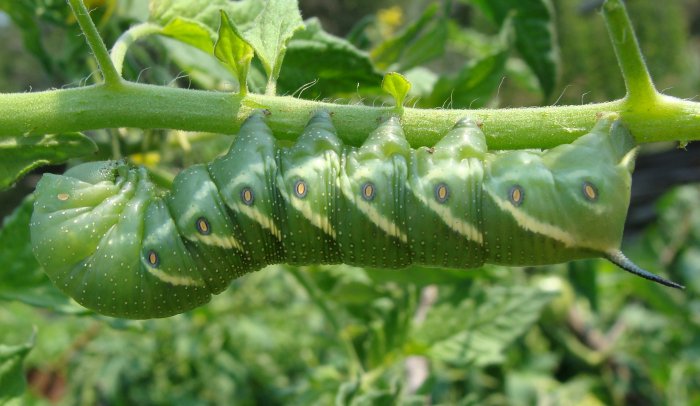
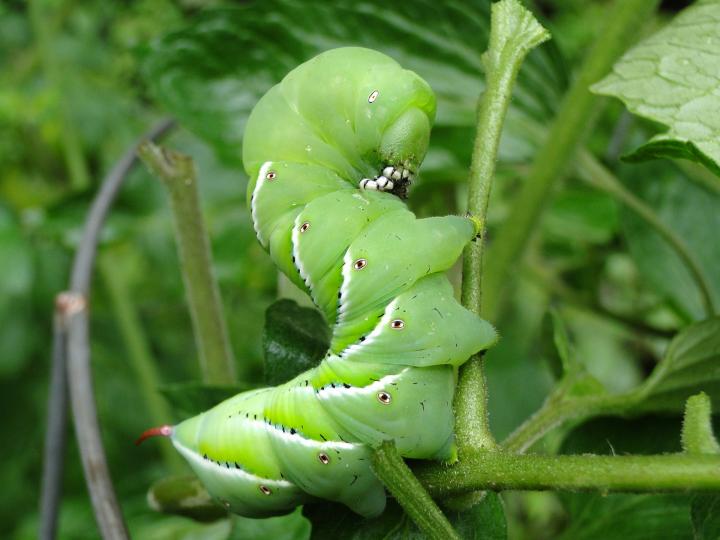
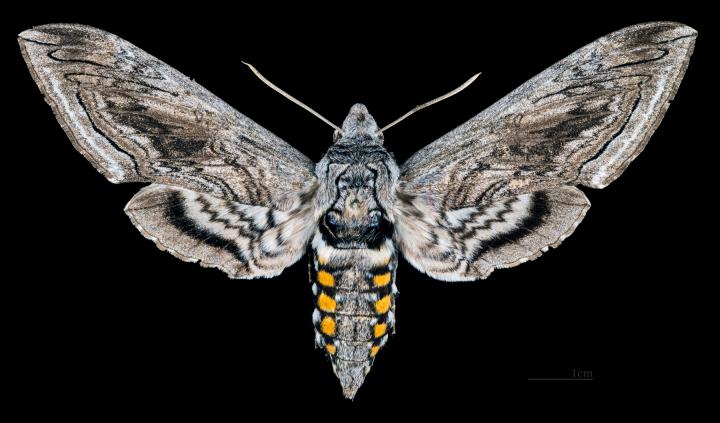
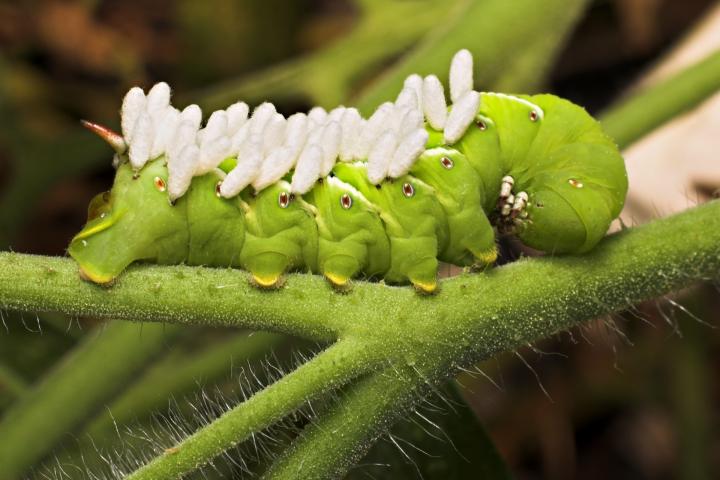

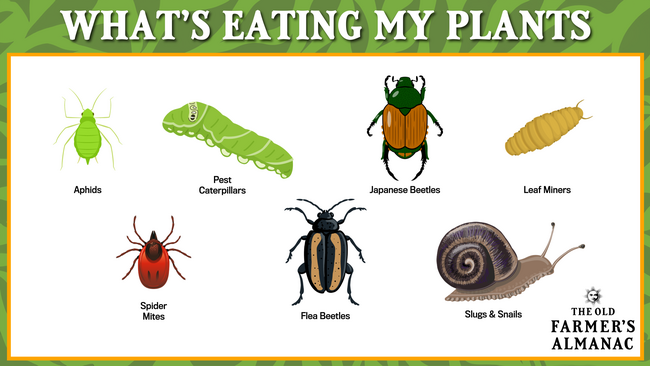







Comments